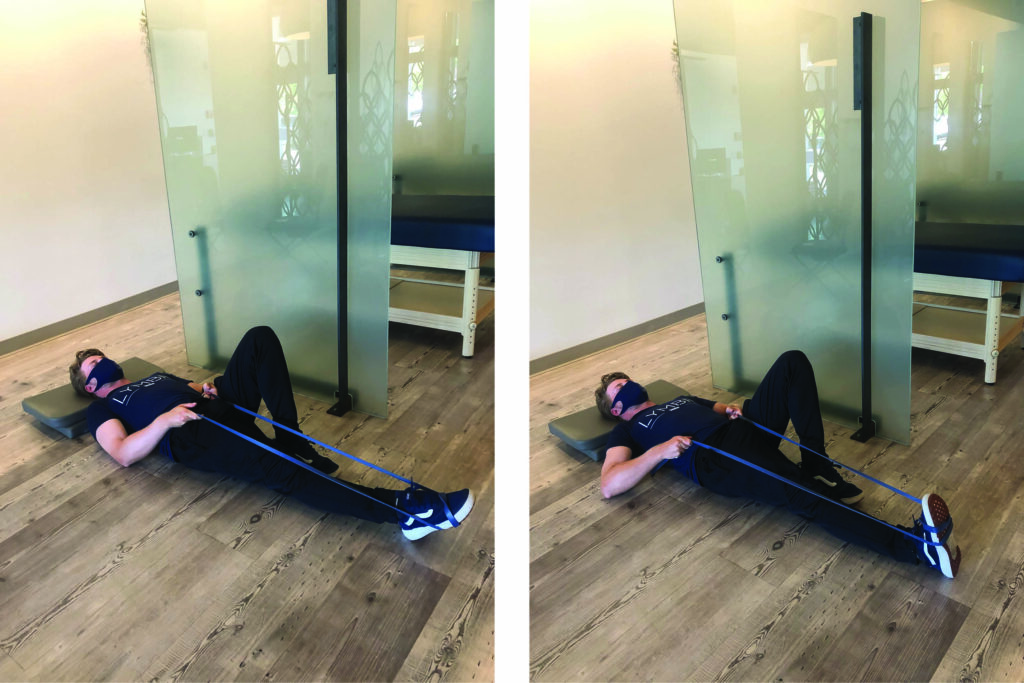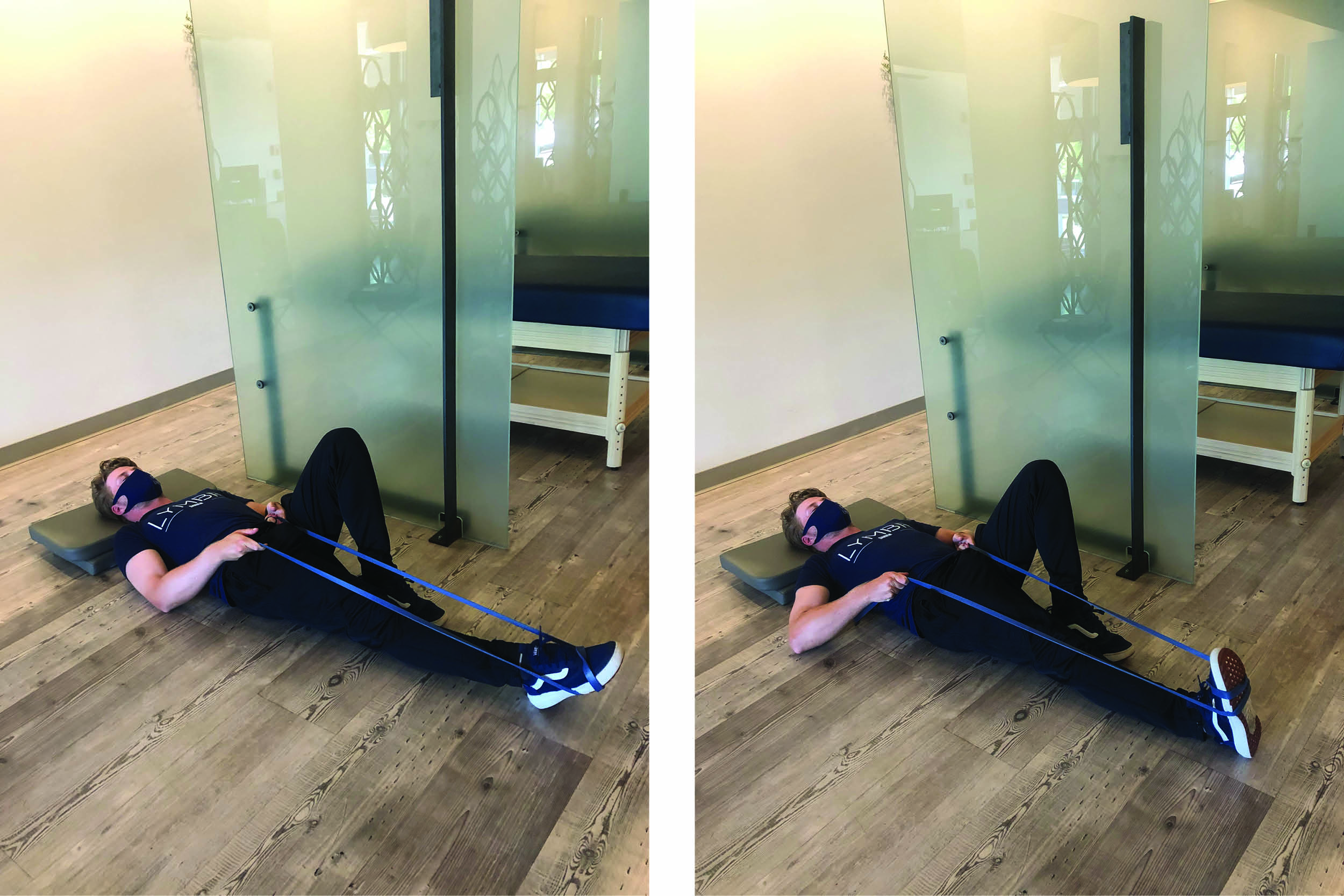It’s the height of summer and we’re running more miles, playing more sets, and getting in as many rounds of golf as we can. Are you preparing your body for the demands you’re placing on your muscles and joints?
Every activity involves demands on your lower leg. Below the knee, we have multiple muscles that allow us to push off, jump, change direction and make explosive movements. The calf muscles below the knee include the gastrocnemius, which is the large, two headed muscle that’s primary function is running, jumping and pushing off, while it also helps flex the knee joint, hence its size. The gastrocnemius is a type I muscle fiber, meaning it is responsible for explosive movements. The other muscle that comprises the calf is the soleus. It aids the gastrocnemius yet is utilized more in walking and less explosive movements as it is comprised of type II muscle fibers. Since it is a smaller muscle, it only acts at the ankle joint. The gastrocnemius and soleus muscles come together towards the ankle joint and create a band known as the Achilles tendon. It is crucial to understand that these muscles are very susceptible to injury if exposed to sudden movements and contractions.
Since the lower leg is such a sensitive area, injuries due to quick and explosive movements can take a long time to recover from, depending on the severity. We have all heard of the dreaded Achilles tendon tear, one of the most painful and hardest injuries to fully recover from, however a calf strain or tear can also be very painful. When an injury like this occurs, people describe the feeling of a pop or even the sensation of being kicked or shot in the leg.
One of the ways to help prevent this from happening is a to make time for a thorough warm up and cool down. The stretches laid out below show how to stretch each part of the calf with these gastrocnemius and soleus stretches, which will help protect the muscles and surrounding tendons. It will also greatly reduce the risk of ankle injuries. Note: when performing these stretches, each time do one set with the foot pointing straight forward, one with the foot turned in while keeping the knee tracking forward and one with the foot turned out and keeping the knee tracking forward. This will also stretch the medial and lateral aspects of the muscle.
DISTAL GASTROCNEMIUS

Distal gastrocnemius – With the band double wrapped around the top of your foot, start with your toes relaxed. Lie flat on the ground with your head supported by a pillow and your non-stretching leg bent next to you. From here, aim your toes towards your shin and use your arms to pull the band for an additional stretch. Gently keep moving through the stretch for 2-3 seconds and relax. Do 3-5 reps on one side and repeat on the other side. Perform 1-3 sets on each side. If you are doing the stretch before your activity, use a slightly quicker tempo and if you are stretching after, use a longer tempo. Tip: lying flat is imperative to the specificity of the stretch. If you are sitting upright, it will not target the correct area of the muscle.
PROXIMAL GASTROCNEMIUS

Proximal gastrocnemius – With the relaxed leg out straight, double wrap the band around your stretching foot, getting as close to your toes as possible without the band slipping. Lie flat on the ground with your head supported by a pillow and your non-stretching leg bent. With your leg out straight, point your toes towards your shin and pull the band to get an additional stretch. Gently keep moving through the stretch for 2-3 seconds and relax. Do 3-5 reps on one side and repeat on the other side. Perform 1-3 sets on each side. The more flexible you are, the higher your leg can remain straight. Do not concern yourself with how high your leg is, focus on keeping it straight. If you are doing the stretch before your activity, use a slightly quicker tempo and if you are stretching after, use a longer tempo.
SOLEUS

Soleus – sitting on a chair with one foot up and one foot relaxed, take both hands and grab around the middle of your foot. Point you toes straight up and use your hands to help pull upward. Have your leg bent to a comfortable angle, not all the way and keep your heel on the chair. Gently keep moving through the stretch for 2-3 seconds and relax. Do 3-5 reps on one side and repeat on the other side. Perform 1-3 sets on each side. Again, If you are doing the stretch before your activity, use a slightly quicker tempo and if you are stretching after, use a longer tempo.
The next time you plan your run, match or round, be sure to add time before and after to stretch so your body can see you through and perform at the level you expect.

